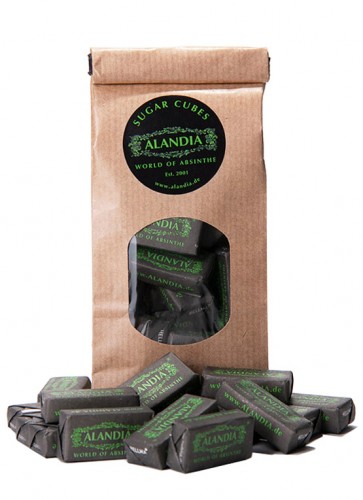

Every other American absinthe after this rode on the coat tails of their hard work and money spent. They spent $500,000 to get the Alcohol and Tobacco Tax and Trade Bureau (TTB) to drop the American ban on absinthe. Breaux and Viridian Spirits, LLC, are responsible for bringing absinthe back to America in March 2007. New Orleans native, chemist, and absinthe historian Ted A. Pernod (purr-NO) was the very first commercial absinthe. “Absinthe” is a French word that means “wormwood.” Wormwood is a herb that can have convulsive properties if used to excess. Breaux and Viridian Spirits, LLC, obtained approval to introduce Lucid Absinthe Supérieure as the first genuine absinthe sold in the American market in ninety-five years. After unraveling almost a century’s worth of falsehoods and myths, New Orleans native and chemist Ted A. In America, absinthe was banned from 1912 to 2007, which created an unfilled void when it came to classic cocktails that called for the spirit. This attack was promoted by a well-funded publicity campaign that advertised absinthe as a source of moral corruption and the ruin of modern society.

Both the wine industry and the temperance movement capitalized upon the cheap, adulterated versions of the drink imbibed by poor alcoholics in an effort to smear the entire category. So why (starting in the 1900s) was absinthe beginning to be banned worldwide? Because the wine industry promoted the notion that absinthe was a poison, aiming to specifically demonize grand wormwood, in attempts to recover its lost market share. One can still visit this bar and view the original built-in absinthe fountains on the back bar. Its popularity had crossed oceans by this point-a bar on Bourbon Street in New Orleans was opened in 1874 that would become the Old Absinthe House. Famous artists, poets, and writers praised the virtues of the green spirit and even nicknamed it La Fée Verte (the Green Fairy). Nearly thirty years would pass before the wine industry recovered from the widespread blight, but the masses were now hooked on absinthe. The increased demand saw yearly increases in production, the price was lowered, and absinthe emerged as a nationally fashionable drink and object of global commerce. It was during this time that the popularity of absinthe increased, becoming the preferred tipple of the common people. In the meantime, however, the grape harvest declined and the price of wine rose accordingly. Three botanists were called in to find a solution.

France even offered a cash prize to anyone who could cure the blight. The plague particularly affected France and was commonly referred to as the Great French Wine Blight. Beginning in the 1860s, the insect responsible for phylloxera began ravaging the vineyards of continental Europe.


 0 kommentar(er)
0 kommentar(er)
